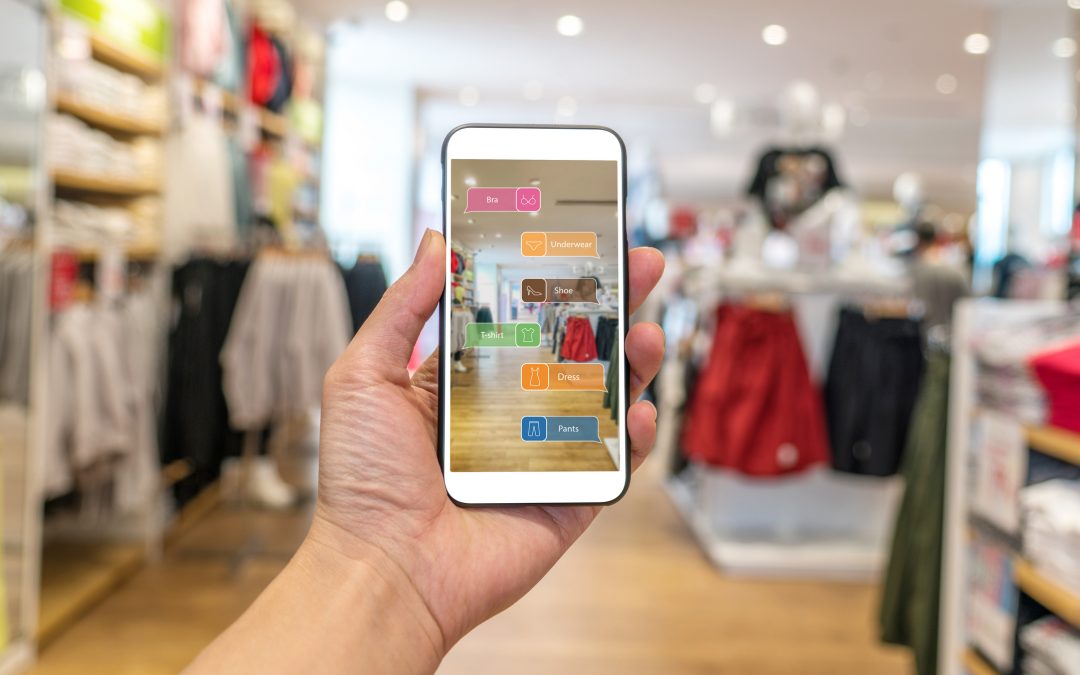Our world has been changing fast in the last two decades due to the advent of digital technologies. Customer expectations are evolving and behaviours are transforming. Banks, cinema halls and ticket counters in the railway stations and booking centres do not see long queues; provision shops do not have a crowd; sellers do not have to keep a full range of currency notes and coins to complete their sale; STD booths have vanished and many such tectonic shifts have taken place.
Brands are evolving
Consumers have started purchasing online, trying out the products through AR/VR (augmented reality/ virtual reality) sets and getting their queries addressed through a combination of channels such as web chat, phone call, email, chatbot enabled systems, online help booths on the Apps and social media channels apart from the traditional methods of walking into a store or a counter to seek help.
Customers are seeking quick answers and solutions; their tolerance for lack of seamlessness across multiple communication channels is practically non-existent. Quality issues of any kind surface quickly and get amplified due to the presence of digital platforms. While there are concerns about cybersecurity and an increase in online frauds, we see consistent growth in online payments.
Brands have been evolving to take these developments in their stride and adapt. Companies led by smart leaders can respond to these with agility; sometimes, they pioneer innovations to wow the customers and steal the show from the competition.
New thinking
Traditionally companies and their leaders believed that every channel of sales has to be effective and hence, the performance metrics for each channel were defined, measured and analysed separately. People were rewarded accordingly and thus, there was competition among the different channels to outperform the other. As a result, the channels operated as different silos and they competed against the forces of other channels within the same company. While the top leaders knew about it, they allowed this to continue because the friction yielded competitiveness and better results at an overall level for the organisation.
In the current context, we see customers seeking seamless interactions across channels and hence, companies have to think omnichannel. Different channels in the company have to operate collaboratively to deliver a superlative experience to the customer and leverage one another to maximise the opportunity for the company. This calls for a paradigm shift in the thinking process and necessary changes in structure, systems and processes.
Continuous process
The changes in thinking followed by the changes in structure, systems and processes are not a one-time activity. It is a journey to continuously discover the changes happening around us in terms of competitor activity, the development of a new sector that can affect us and the shifts in customer preferences and expectations.
After these changes are tracked, we have to invest energy in analysing the implications and making suitable changes. Some companies invest their energies in tracking the environment and collating the trends; but they fail to instal the changes on the ground and as a result, they lose significantly and have to follow the trends rather than setting the trends themselves.
Digital is passe now! Phygital has been the new reality for the last few years and hence, brands have to adapt fast.


